“Everybody Wants To Be Wrexham”:
Inside The Club We’re All Talking About
What happens when two Hollywood stars buy a struggling British soccer team? To mark the release of the FX documentary series Welcome To Wrexham, we traveled to Wales to meet the players at the club and find out…
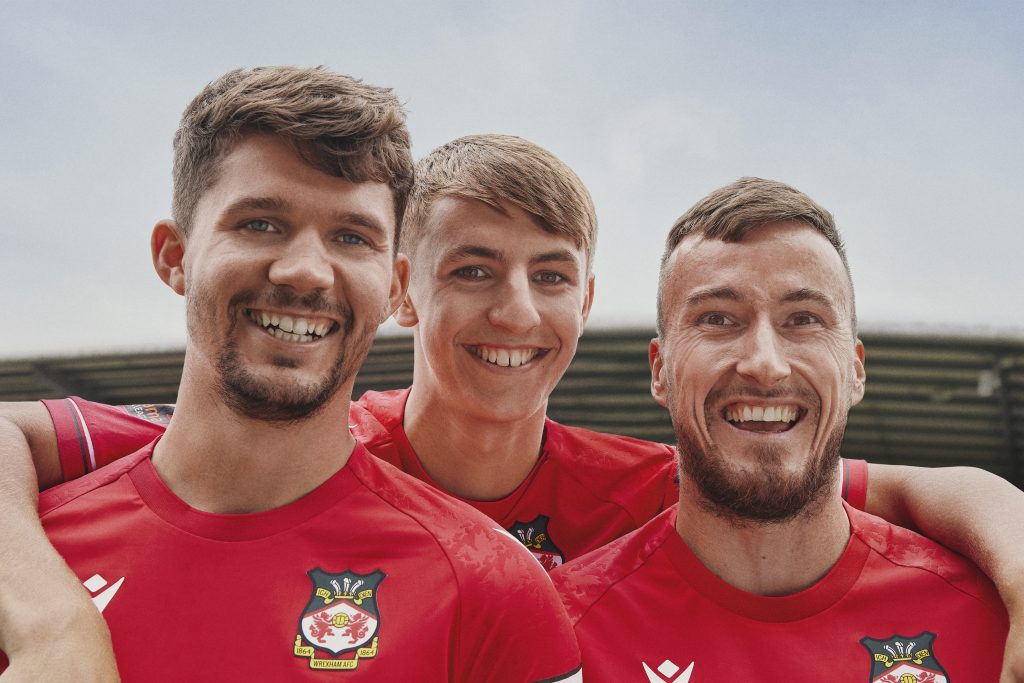
Picture this: A Dickensian tavern in the shadow of a soccer stadium. Inside, on every inch of wall space, Welsh flags, club scarves, signed shirts and old black-and-white photographs pay homage to both players and memories. This is The Turf, a match-day haven where fans of Wrexham AFC have gathered to drink, celebrate and commiserate for over 150 years.
Now look more closely, because there’s something you wouldn’t expect. Nestled among the tributes to the team’s past heroes are photos bearing the gleaming Hollywood smiles of its new owners, actors Ryan Reynolds and Rob McElhenney. The pair purchased the club in 2020, and brought with them the world’s attention. The latest proof of this is Welcome To Wrexham, a docuseries (on FX on Hulu in the U.S. and Disney+ in the UK), which follows the club through its attempts to win promotion from the National League, the fifth tier of the English football pyramid.
“It’s great to see kids wearing Wrexham shirts in town. That’s special, and shows the future is sustainable.”
Max Cleworth
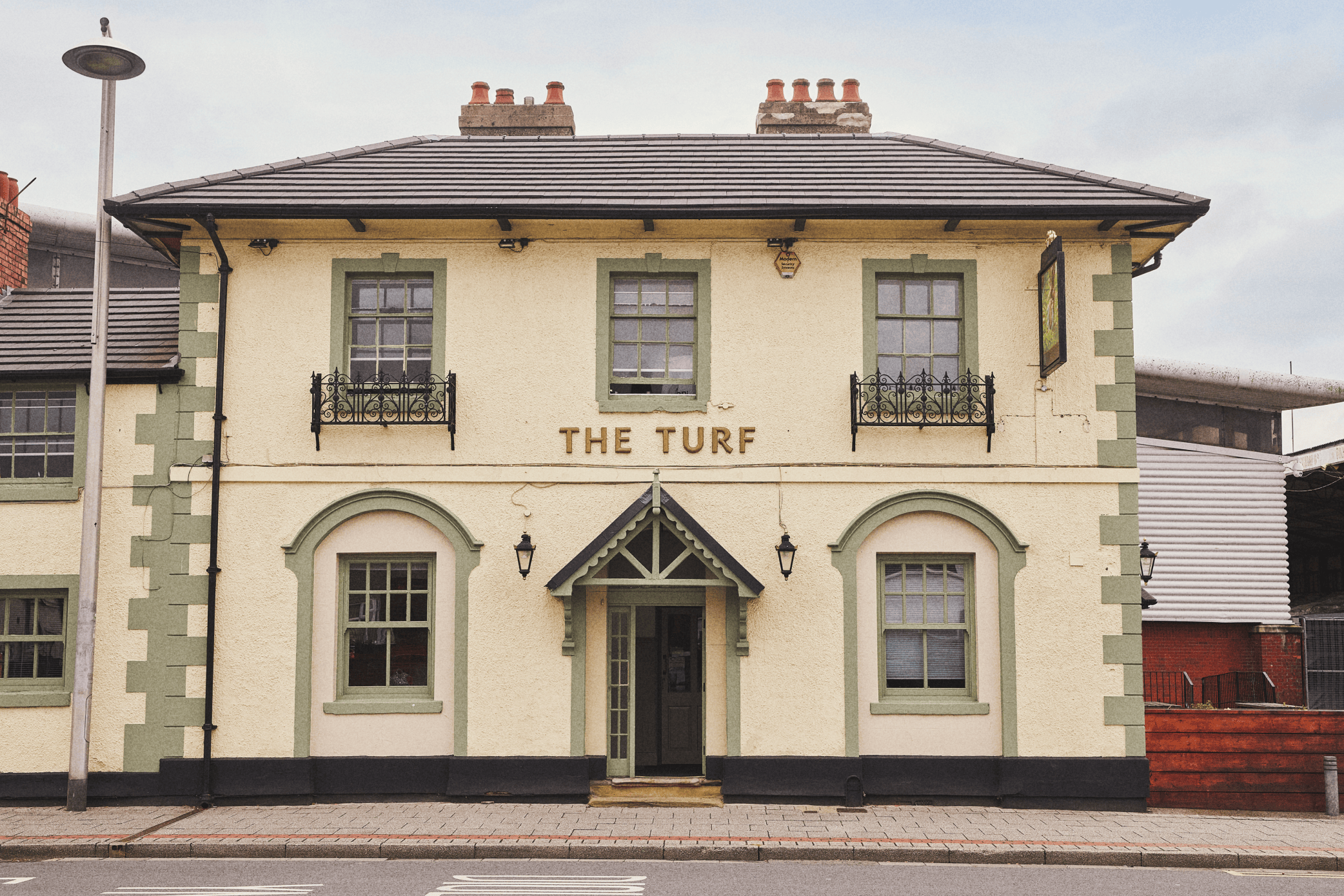
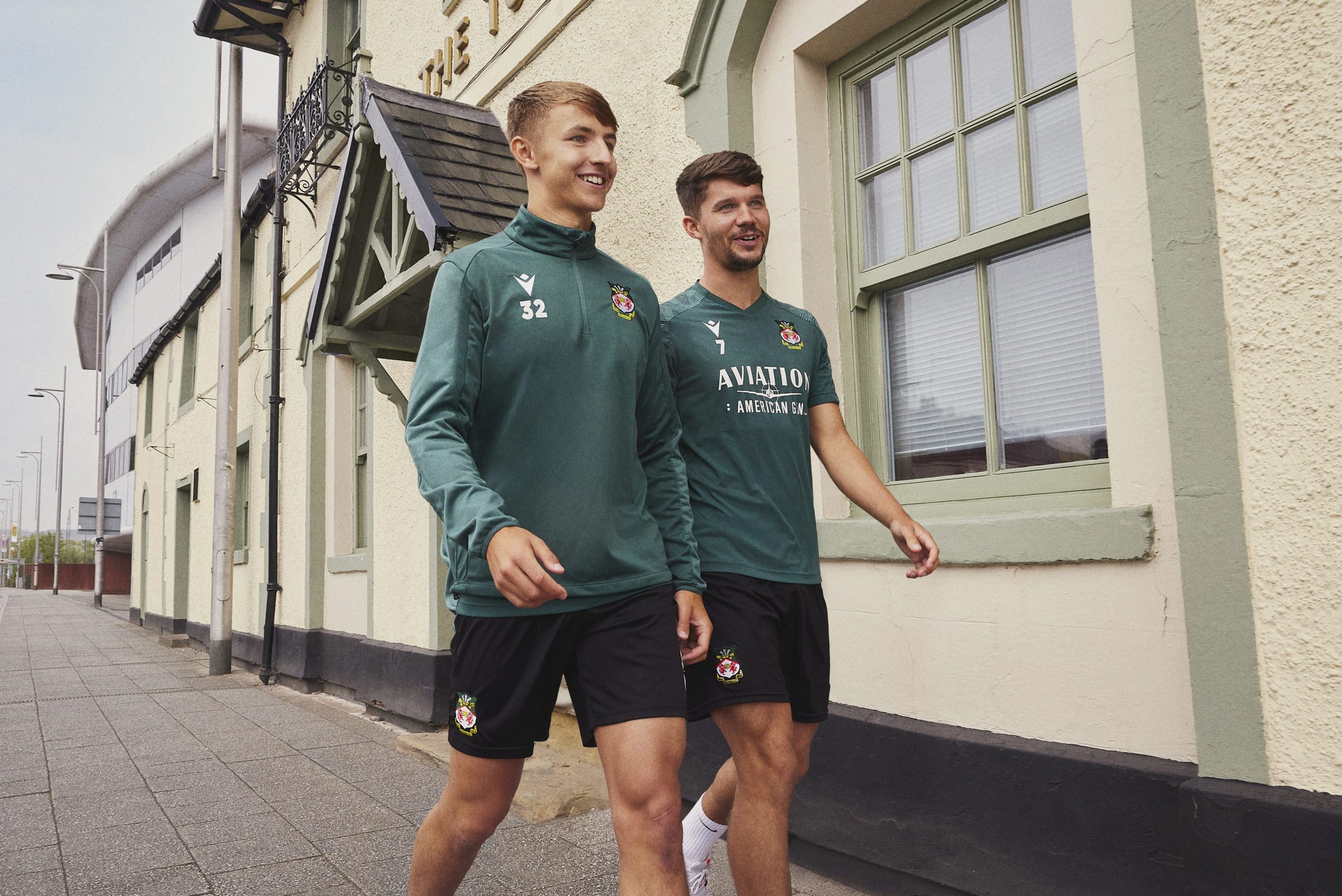
So what did draw Reynolds and McElhenney to North Wales? It might have been the glacier-carved mountains of Snowdonia, once known as “the Welsh Rockies.” Or perhaps it was the area’s unspoilt, half-moon beaches and its many ancient castles, the sort of wildly epic locations where you’d expect a fantasy drama to be filmed. (Which one? Let’s just say WAFC’s nickname is The Red Dragons, and leave it at that…) But Reynolds credits the decision on something quite different: a genuine addiction to the game of soccer, about which he has been outspoken to his 20 million Twitter followers. “I just lost 9 years off my life,” he tweeted after a last-gasp win against Dover Athletic. “And I’m okay with that. Apologies to my family.”
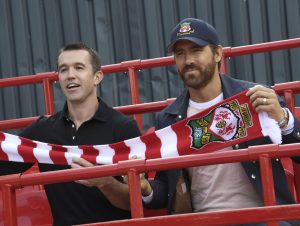
Wales, just like soccer, can really get under your skin. It’s a place of majesty and beauty, but also tragedy and hardship. A poignant detail: Above the Expedia logo on the club shirts is the date 1934, the year of the tragic Gresford colliery collapse disaster in which 266 coal miners lost their lives. Many of these were working an early shift so they could watch the WAFC match that day, and the memory of that tragic day is something the people who run the club now are determined to preserve. History like this has created inextricable bonds between the club and the area surrounding it.
In buying the club, Reynolds and McElhenney are looking to transform not just the future of WAFC, but the whole community. “It’s been a massive change,” says team captain Luke Young. “Wrexham has for too long been overlooked, but the takeover has done absolute wonders for the town. The local industries and businesses have been buoyed by Rob and Ryan buying the club, and you can feel a real spring in the step, not just at the club, but all over the town.” Manager Phil Parkinson agrees: “There is now a glamour around the place, but we can’t let that affect us.”
Easier said than done. While the squad will try to keep their feet on the ground, WAFC’s well-traveled supporters (many going as far as Torquay, 200 miles away in Devon, to watch them play) are lapping up the attention. “We’ve enjoyed a good past,” says longtime fan Andy Jones. “For 14 years, we’ve been a non-league club but we now see a light at the end of the tunnel. We’ve got a plan. We’ve got Hollywood stars! Basically, everybody wants to be Wrexham.”
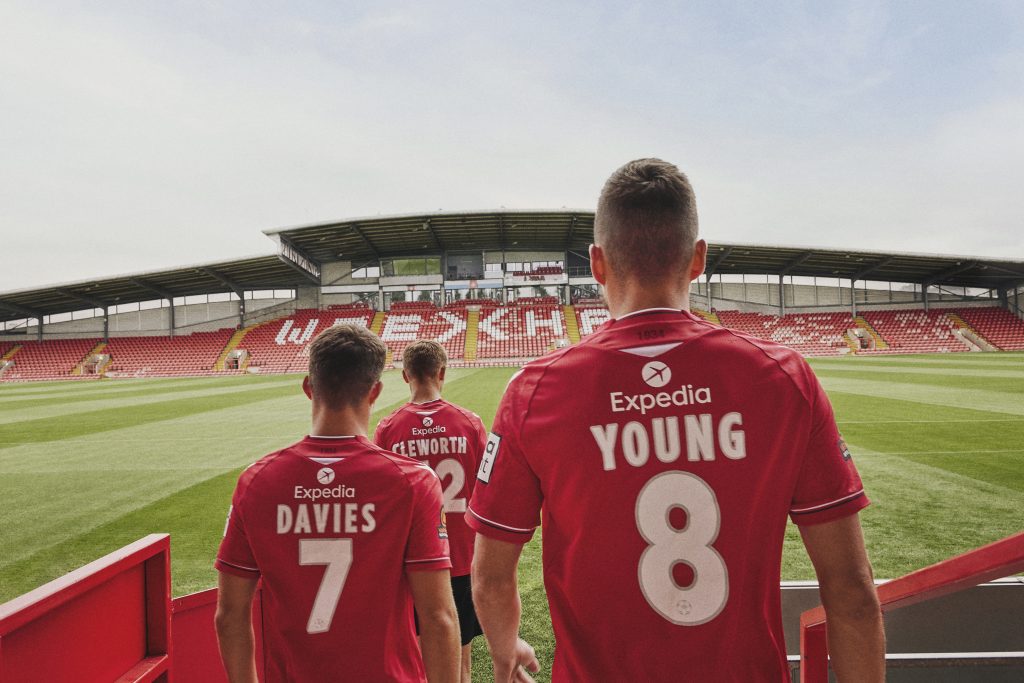
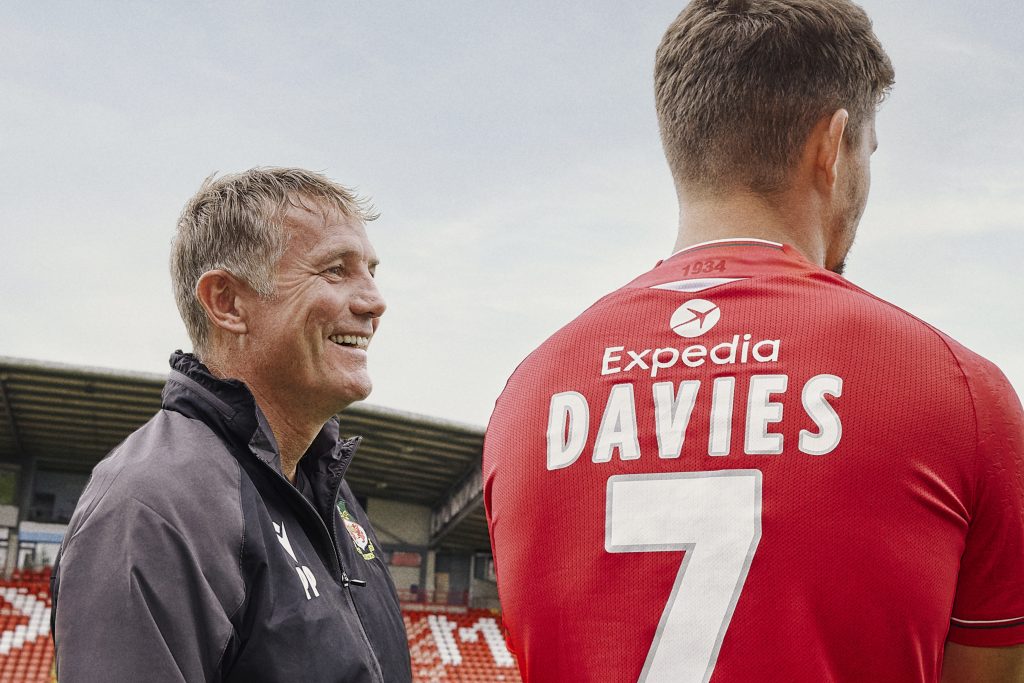
Castles, Coastlines And Canoes: A Guide To Wrexham
So, with fame and success (hopefully!) looming, what does Wrexham and its surrounding area offer visitors? Expedia asked WAFC club manager Phil Parkinson and his players, Luke Young, Jordan Davies and Max Cleworth, to pick their highlights…
The Turf Pub
This Wrexham institution remains the focal point for new and old fans alike. Two of the newest, Reynolds and McElhenney, have already sampled its unique atmosphere. “I look forward to ordering a martini,” said McElhenney to Expedia’s Out Travel The System podcast, before being put right about the right thing to drink in a Welsh pub. “If it’s a pint you want, the Turf is the place to be,” says Luke Young. “Especially on match day. Win, lose or draw, it’s right on the doorstep, and such a big part of the football club.”
Pontcysyllte Aqueduct
Completed in 1805, this aqueduct offers the best in historical engineering, with views just as impressive. “The aqueduct in Llangollen is beautiful,” says manager Phil Parkinson. “It’s a UNESCO World Heritage site, and so unique. A walk up there never disappoints.” There are also canal boat trips and you can hire canoes for a more active adventure.
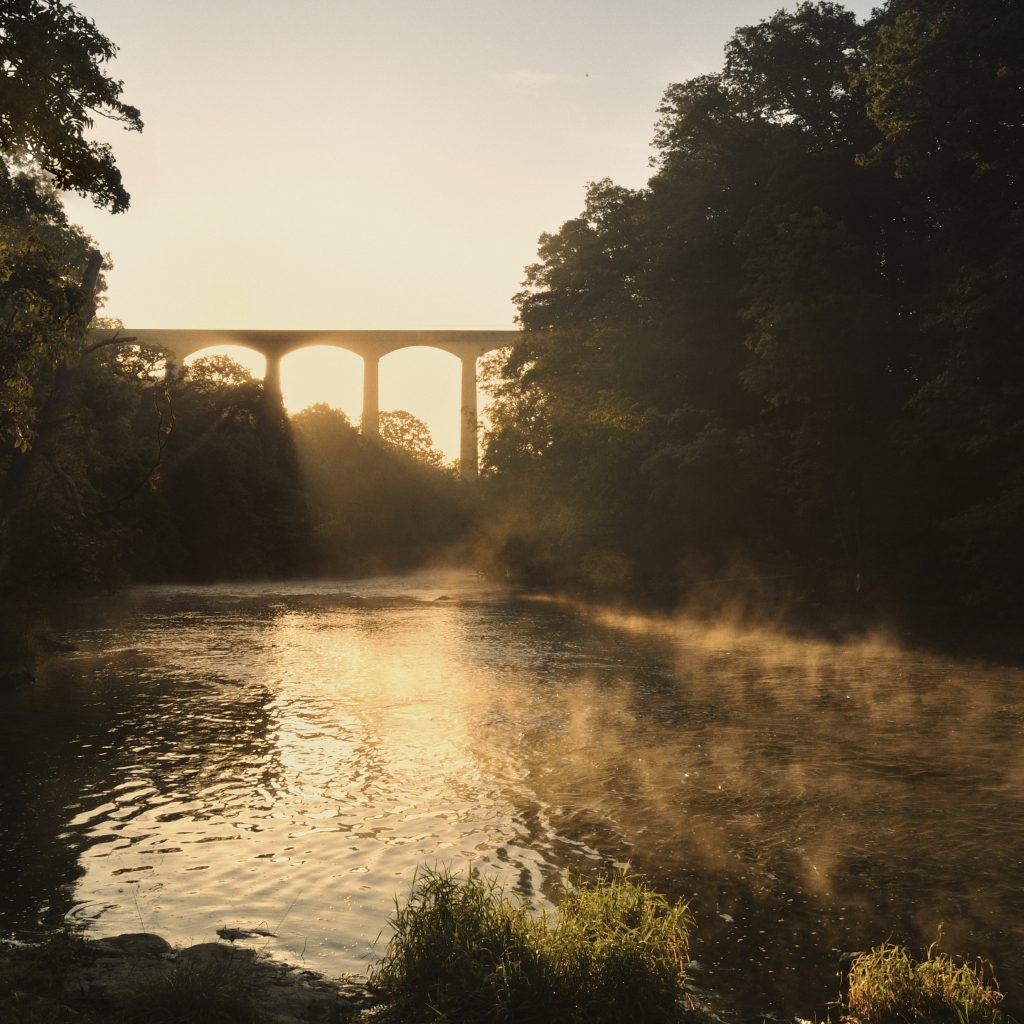
Snowdonia National Park
Less than an hour’s drive from Wrexham, Wales’s largest national park is a must-see for anyone who adores the outdoors. “I love it there,” says 19-year-old defender Max Cleland. “The views at the top of Snowdon, Wales’s highest peak, are unbelievable. I recommend the night-time trek – you leave at midnight with headlamps and hit the summit when the sun is coming up.”
The Racecourse Ground
The place where McElhenney and Reynolds now call home. Well, one of their homes. It’s the oldest international football stadium still in use, and the owners have planning permission for a new Kop stand that will increase the capacity by 5,000. “The Racecourse Ground has a really unique historical feel,” says Parkinson. “You can sense it. This place has a real soul to it, an aura. It’s intense and well worth a visit. If you can get a ticket!”
The Fat Boar
In the heart of town, the Fat Boar is Wrexham’s favorite bar and restaurant. “Another great venue,” says midfielder Jordan Davies. “Lovely food, friendly service, and a great vibe that sums up Wrexham. It’s always buzzing, which is rare for a small town.” Young agrees. “If we were to win promotion, we could drink anywhere in Wrexham, but we’d definitely end up at the Fat Boar and if Rob and Ryan asked for a lads’ night out, this is where we’d take them.”
Conwy Castle
A series of thirteenth century castles including Chirk in Wrexham and Caernarfon further in the north-west are both worth a visit, but it is Conwy Castle, another UNESCO World Heritage Site, that most grabs the attention. “What makes North Wales so special, says Parkinson, “is the history.”
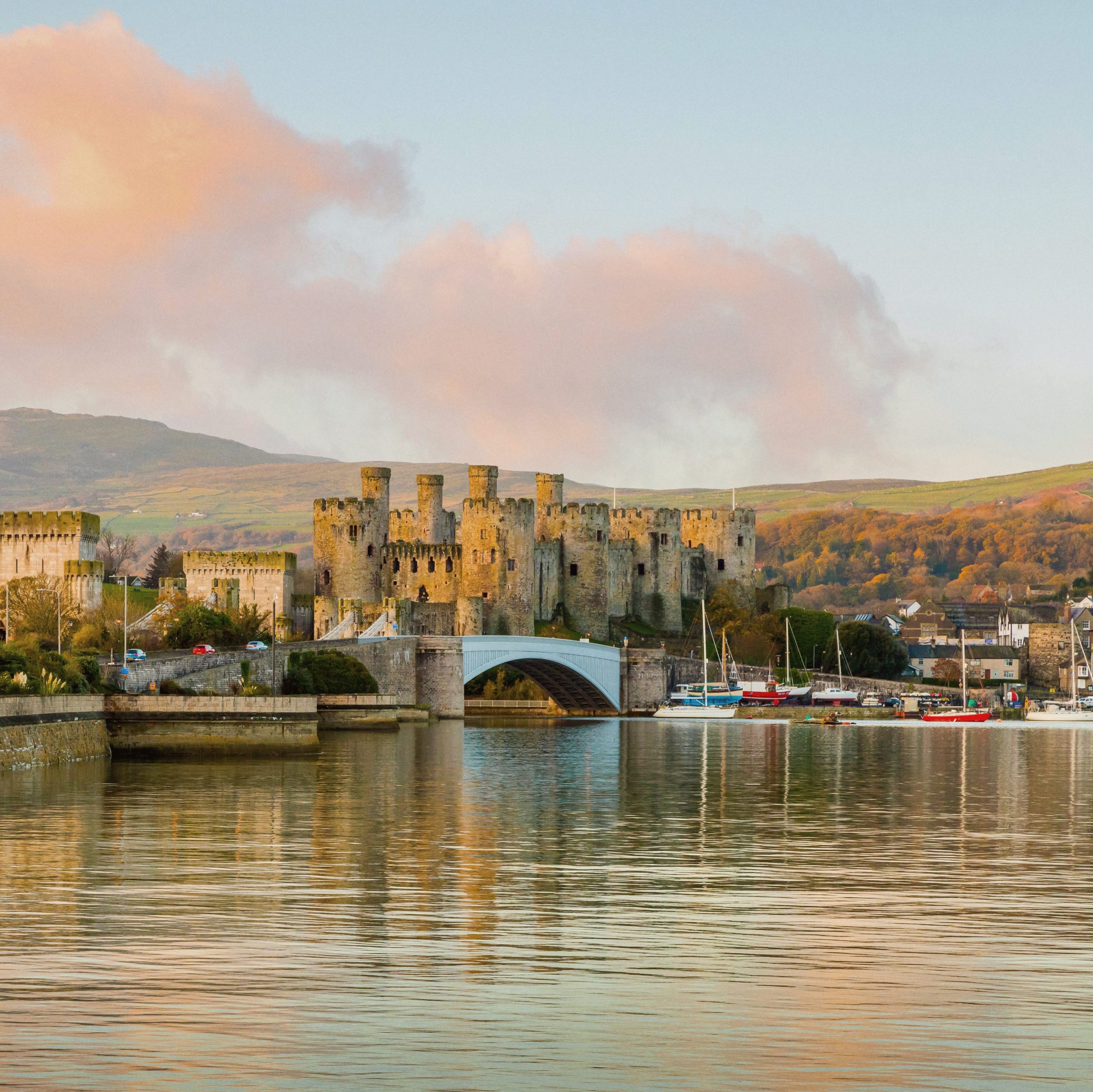
Llandudno
North Wales is home to some of Britain’s finest beaches. Two of them (both award-winning) can be found around the coastal town of Llandudno, as well as a 19th century pier and a tramway dating back to 1902. “I’m from North Wales and spent a lot of summers there,” says Cleworth. “The coastline is the best.” Parkinson goes to Llandudno for relaxation, a prized resource in the pressured world of a soccer manager. “On a Friday afternoon, when the game preparation is done, I’ll drive there and just sit and appreciate the surroundings,” he says. “It’s there that I can switch off and ready myself for the match the following day.”
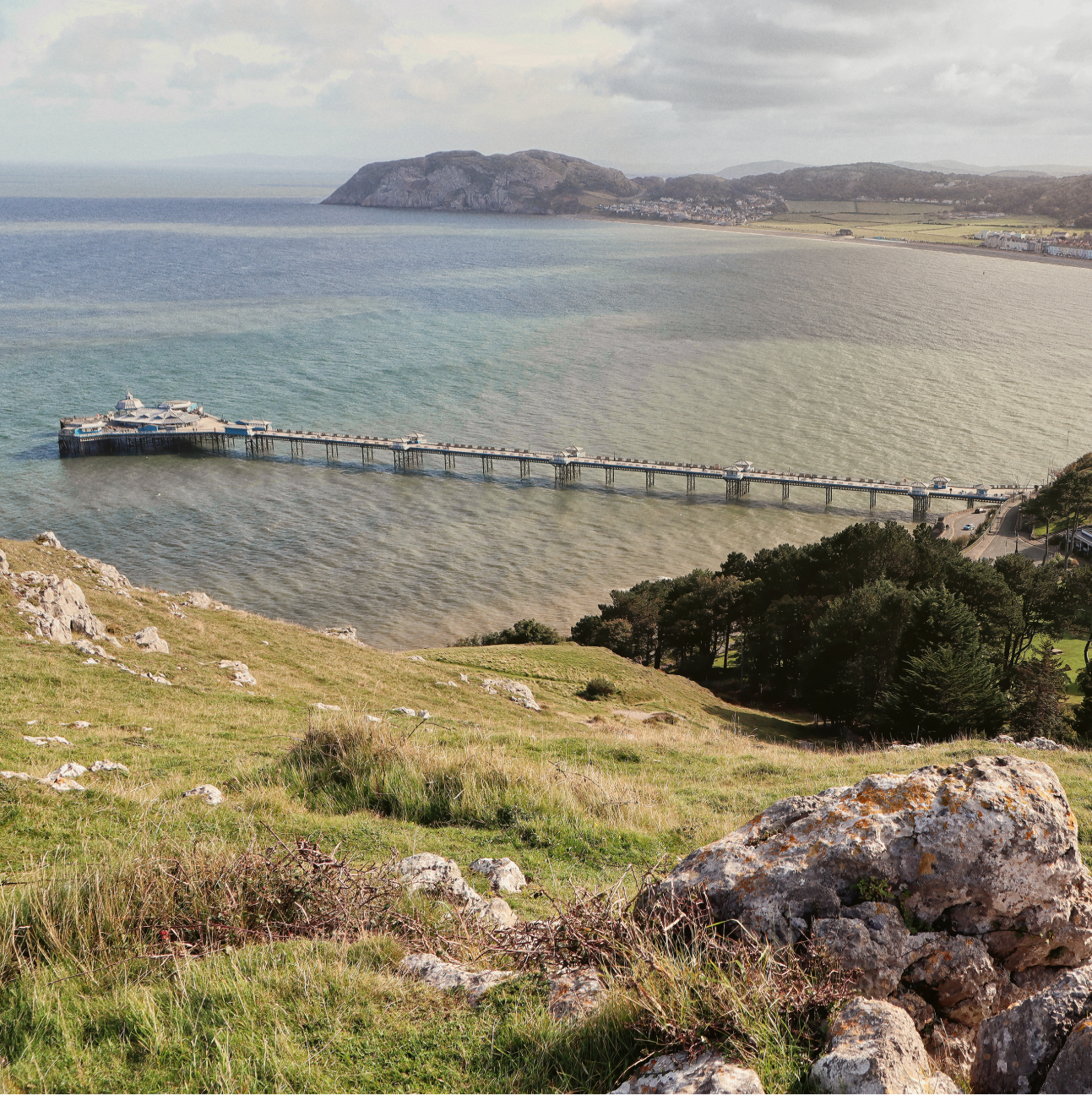
Find hotels in Wrexham and North Wales
More Articles With Destinations
Finding wheelchair-accessible things to do in London can often be a tricky task that require extra research and planning but a new app will help you find all the best accessible attractions and restaurants.
Join a Disney podcaster and mega fan for some insider tips.
He's analyzed this year's forecast, researched the historical likelihood of Christmas Day snow, and stirred in a bit of weatherman’s intuition to come up with his holiday list.
UAE's capital is an ultra-modern city where big desert, epic adventure, and next-level luxury come together to offer the perfect getaway.